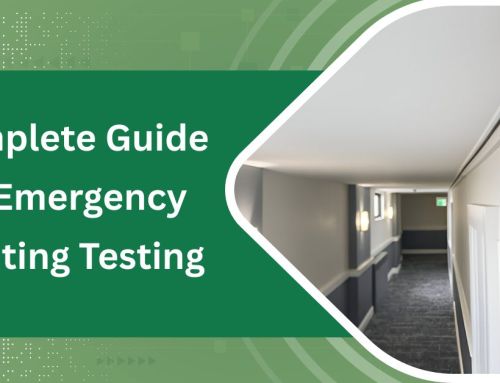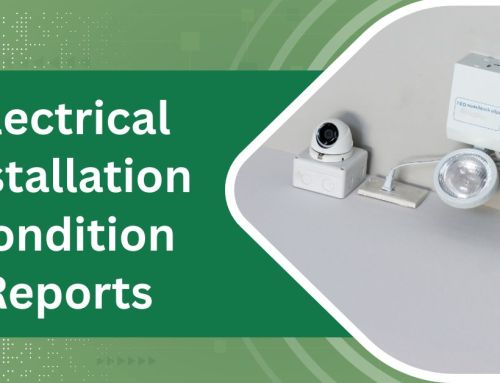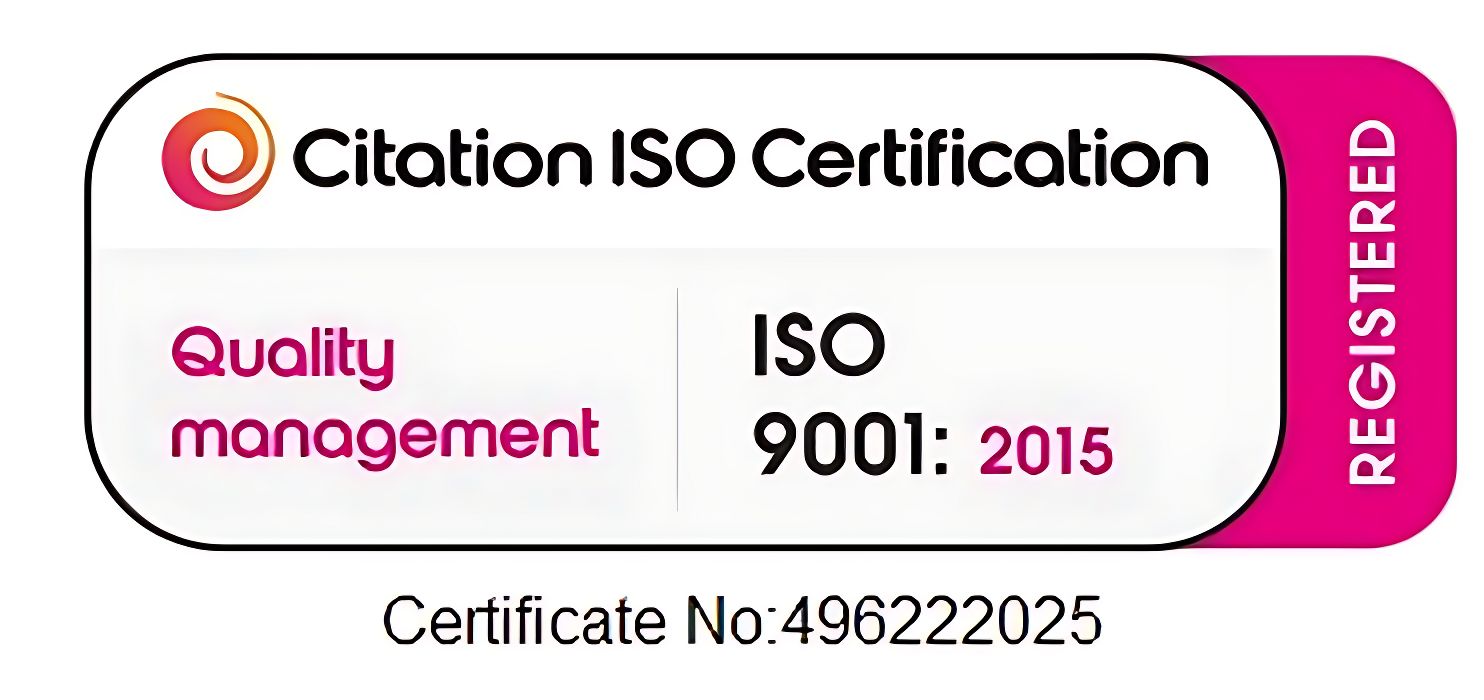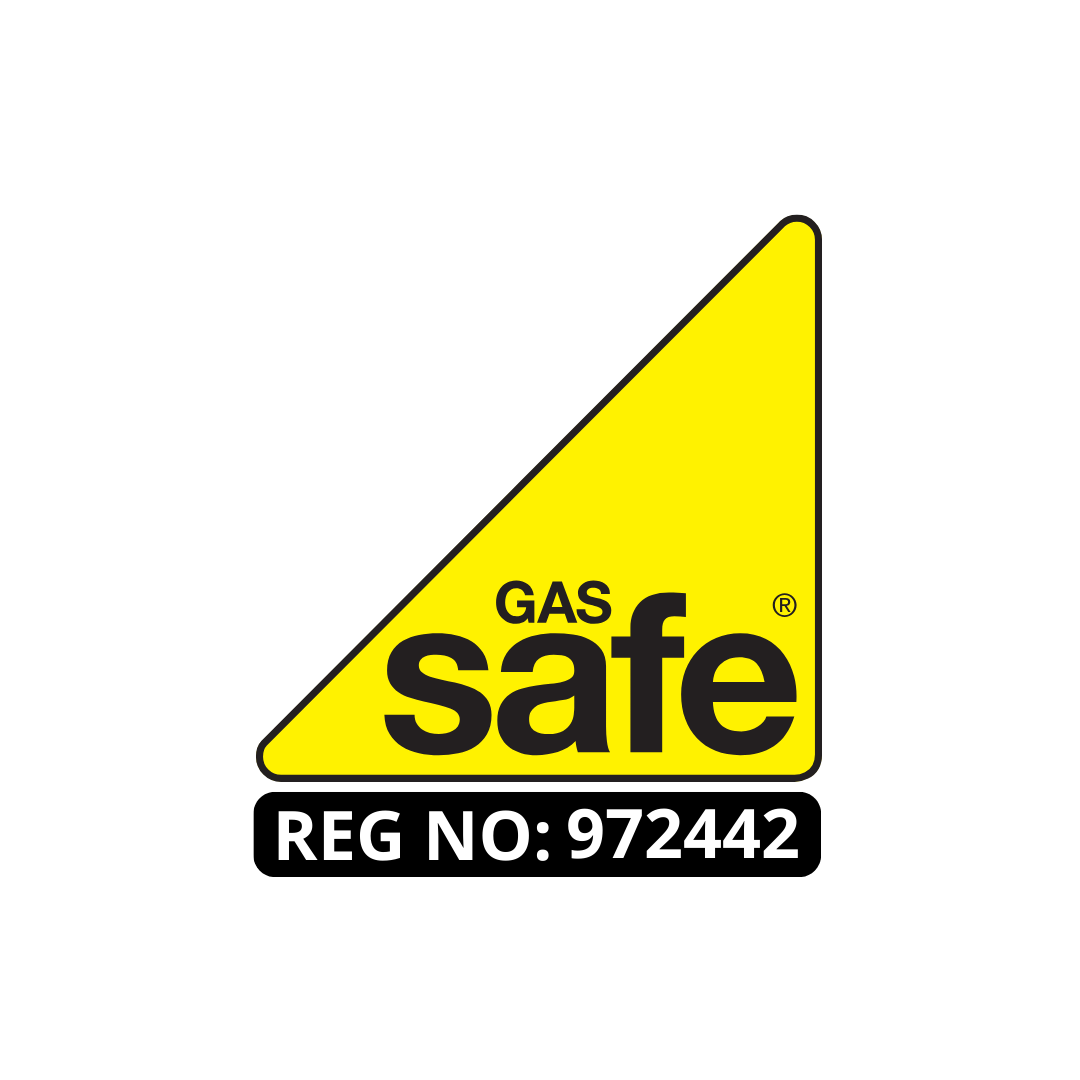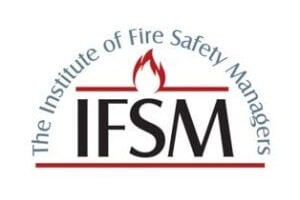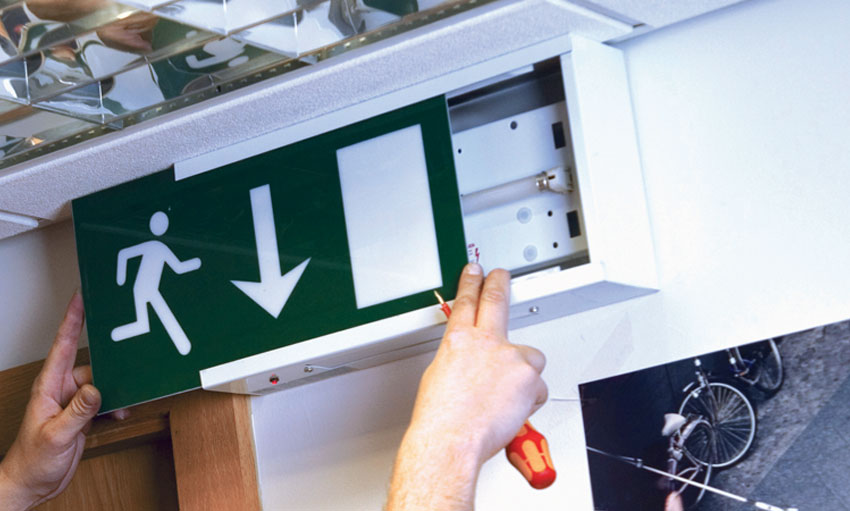
An Emergency Light Test Certificate serves as a formal verification of a facility’s emergency lighting systems. It documents testing results and compliance with safety standards. This certificate is vital for business operators, as it confirms that emergency lighting is functional in crises. Understanding its significance and requirements can impact overall safety. Yet, many remain unaware of the potential consequences of neglecting this important aspect of facility management.
Key Takeaways
- An Emergency Light Test Certificate verifies that emergency lighting systems are functional and comply with safety standards.
- It documents testing details, including dates, duration, results, and any deficiencies found.
- Securing the certificate is essential for businesses, schools, and healthcare facilities to ensure safety and compliance.
- Regular testing and certification foster confidence among employees and visitors regarding safety measures in public venues.
- Staying updated with certifications mitigates risks associated with inadequate emergency lighting and enhances organisational safety practices.
Understanding Emergency Lighting and Legal Obligations
Although emergency lighting may often be overlooked, it plays a critical role in ensuring safety during power outages or emergencies. These systems are designed to illuminate escape routes and essential areas, enabling individuals to navigate safely.
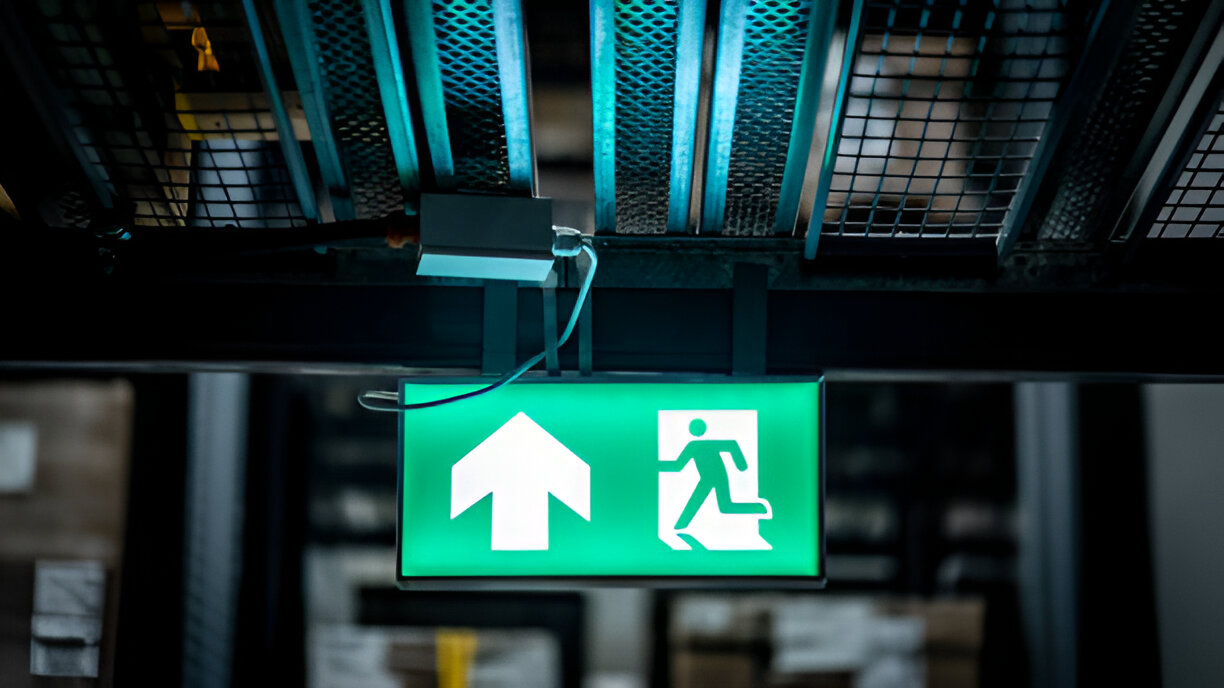
In many authorities, legal obligations mandate the installation and maintenance of emergency lighting, reflecting a commitment to public safety and compliance with building codes. Failure to adhere to these regulations can result in significant penalties and endanger the safety of occupants.
Additionally, as technology advances, innovative solutions such as LED lighting and intelligent systems are emerging, enhancing efficiency and reliability. Organisations are increasingly recognising that a robust emergency lighting strategy not only meets legal requirements but also demonstrates a proactive approach to safeguarding well-being in any unforeseen situation.
What Does an Emergency Light Test Certificate Include?
An emergency light test certificate serves as an indispensable document that verifies the functionality and compliance of emergency lighting systems.
This certificate typically includes critical information such as the testing date, duration of the test, and the results, ensuring that the systems meet established safety standards.
Additionally, it outlines the specific locations and types of emergency lighting assessed, along with any identified deficiencies and corresponding corrective actions.
The certificate may also specify the regulations or codes adhered to during the evaluation process.
Moreover, it often includes the technician’s credentials and the organisation responsible for the testing, reinforcing the integrity of the assessment.
Ultimately, this documentation is crucial for maintaining operational safety in innovative environments.
Who Needs an Emergency Light Test Certificate?
Various entities require an emergency light test certificate to guarantee compliance with safety regulations and standards.
Business owners, property managers, and facility operators must secure this certification to confirm that their emergency lighting systems are functioning at peak performance. This is particularly significant in commercial buildings, educational institutions, healthcare facilities, and public venues where the safety of occupants is paramount.
Additionally, local governments and enforcement agencies often mandate these certificates to uphold public safety. In an age where innovation is key, leveraging innovative emergency lighting solutions enhances safety measures, making certification even more pertinent.
Ultimately, stakeholders who prioritise safety and compliance can foster a secure environment, instilling confidence among employees and visitors alike.
How Often Should Emergency Lighting Be Tested?
Emergency lighting systems should be tested regularly to guarantee they operate effectively when needed. Adhering to a structured testing schedule is essential for safety and compliance.
Experts recommend testing emergency lighting systems:
- Monthly for functionality checks
- Biannually for battery performance and duration
- Annually for thorough inspections
- After any significant repairs or changes to the system
- Following local regulatory guidelines or building codes
These practices guarantee that the lighting remains reliable and ready for unexpected situations.
Regular testing not only enhances safety but also promotes innovation in emergency preparedness, guaranteeing that advancements in technology are seamlessly integrated into existing systems.
The Process of Getting an Emergency Light Test Certificate
Obtaining an emergency light test certificate involves a systematic approach to guarantee compliance with safety regulations. The process begins with an extensive assessment of the existing emergency lighting systems, ensuring they meet specified standards for effectiveness and reliability.

Trained professionals conduct thorough inspections and functionality tests, evaluating factors such as battery performance, illumination levels, and operational readiness. Following this evaluation, any necessary repairs or upgrades are implemented to enhance system performance.
Once compliance is confirmed, the professionals complete the required documentation, detailing the test results and certifications achieved. This meticulous approach not only reinforces safety protocols but also fosters innovation in lighting technology, ensuring that emergency systems are both practical and aligned with contemporary safety standards.
Who Can Issue an Emergency Light Test Certificate?
Certification of emergency lighting systems requires oversight from qualified individuals or organisations. These entities guarantee compliance with safety regulations and standards.
Typically, the following professionals are authorised to issue an Emergency Light Test Certificate:
- Certified Electrical Engineers: Experts in electrical systems and safety protocols.
- Fire Safety Inspectors: Specialists in fire code compliance and safety measures.
- Licensed Electrical Contractors: Professionals with the required licenses to perform installations and inspections.
- Accredited Testing Laboratories: Facilities that conduct rigorous testing and validation of emergency lighting systems.
- Building Inspectors: Officials guaranteeing adherence to local building codes and safety regulations.
Engaging these qualified professionals fosters innovation in safety practices and enhances the reliability of emergency lighting solutions.
Common Issues Found During Emergency Light Testing
During routine emergency light testing, common issues often arise that can compromise the effectiveness of these critical safety systems. One prevalent problem is battery failure, which can occur due to age or poor maintenance, leading to insufficient backup power.
Additionally, faulty bulbs or light fixtures may not illuminate during tests, rendering the emergency lighting ineffective. Corroded connections and wiring faults can also hinder performance, posing additional risks.
Moreover, improper installation or outdated technology may result in inadequate coverage or response times. To guarantee peak functionality, organisations must address these issues proactively, embracing innovative solutions such as intelligent monitoring systems that provide real-time feedback and alerts, ultimately enhancing safety and compliance in emergencies
Cost of Emergency Light Test Certificates in the UK
The cost of emergency light test certificates in the UK varies considerably based on factors such as the size of the premises, the number of emergency lights, and the service provider chosen.
Organisations seeking these certificates often find a range of pricing options, reflecting the diverse needs of their facilities.
Key elements influencing costs include:
- The complexity of the testing process
- The geographic location of the premises
- The experience and reputation of the service provider
- The frequency of required tests
- Additional maintenance or upgrades needed
Investing in an emergency light test certificate not only guarantees compliance with regulations but also enhances overall safety, reflecting a commitment to innovative workplace practices.
The Role of an Emergency Light Test Certificate in Workplace Safety
While ensuring compliance with safety regulations, an emergency light test certificate plays an essential role in enhancing workplace safety.
This certificate serves as a validation that emergency lighting systems are functional and reliable during critical situations, such as power outages or evacuations. By confirming that these systems meet industry standards, the certificate fosters a culture of accountability and preparedness within organisations.
Additionally, it reassures employees that their safety is prioritised, ultimately boosting morale and productivity. In an age where innovation drives business success, maintaining ideal emergency lighting not only mitigates risks but also reflects a commitment to cutting-edge safety practices.
Consequently, the emergency light test certificate emerges as a cornerstone in the framework of modern workplace safety.
Tips for Staying Up to Date with Your Emergency Light Certification
Regularly staying updated with emergency light certification is essential for organisations committed to safety.
To guarantee compliance and enhance safety measures, organisations can adopt innovative strategies. Here are five tips to remain current:
- Schedule Regular Audits: Conduct frequent inspections to identify any discrepancies or failures in emergency lighting systems.
- Utilise Smart Technology: Implement automated systems that track certification dates and alert when renewals are due.
- Engage in Training: Offer ongoing training sessions for staff on the importance and procedures related to emergency lighting.
- Network with Experts: Attend industry conferences to learn about the latest regulations and best practices.
- Document Everything: Maintain clear records of tests and certifications to streamline future compliance efforts.
These proactive measures foster a culture of safety and preparedness.
Frequently Asked Questions
How Long Is an Emergency Light Test Certificate Valid?
The validity of an emergency light test certificate typically spans between one and three years, depending on local regulations and organisational policies: regular updates guarantee compliance, safety, and ideal performance of emergency lighting systems.
Can I Perform the Test Myself?
The individual contemplated whether they could conduct the emergency light test independently. However, regulations typically necessitate professional oversight to guarantee compliance, safety, and reliability, hence fostering an environment where innovation in emergency preparedness thrives.
What Happens if I Don’t Have a Certificate?
Without a certificate, organisations risk non-compliance with safety regulations, potentially leading to fines or legal repercussions. Furthermore, inadequate emergency lighting can jeopardise occupant safety during crises, undermining innovative safety measures implemented within modern facilities.
Are There Penalties for Non-Compliance?
Non-compliance with emergency light regulations can result in significant penalties, including fines or legal repercussions. Organisations may also face increased liability risks, emphasising the importance of maintaining proper certification and safety standards to guarantee compliance.
Can Emergency Lighting Be Installed in Any Building?
Emergency lighting can be installed in various building types, provided they meet local regulations and safety standards. Designers often innovate solutions tailored to unique structures, ensuring adequate illumination during emergencies while enhancing overall architectural aesthetics.
Conclusion
To summarise, an Emergency Light Test Certificate is essential for ensuring the safety and compliance of emergency lighting systems within any facility. By understanding its components, legal requirements, and the testing process, business owners and property managers can effectively mitigate risks and enhance the safety of their premises. Regular testing and certification not only fulfil legal obligations but also instil confidence among employees and visitors, underscoring the importance of maintaining up-to-date emergency lighting standards.
About the Author: LandlordCertificate
Related Posts
Get Social
Recent Posts
- Fuse Box Installation: Everything Homeowners Need to Know Before Getting Started
- EICR Certificate London: Understanding Your Legal Duty as an Owner
- Behind the Scenes of a Gas Safety Certificate London Inspection in Homes
- The Role of Fire Alarm Installation in Building Safety
- How Often Should a Fire Risk Assessment Be Reviewed?



